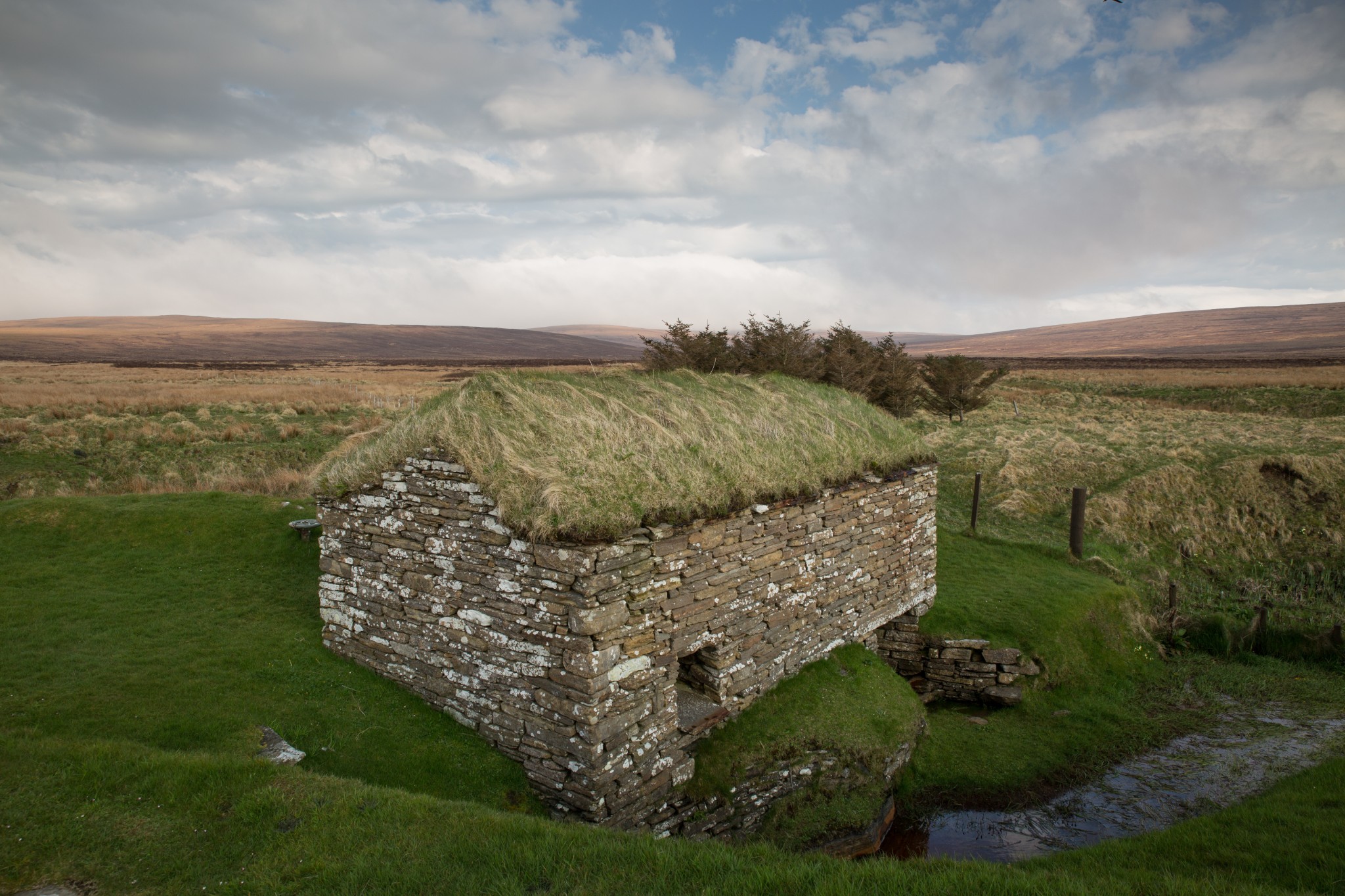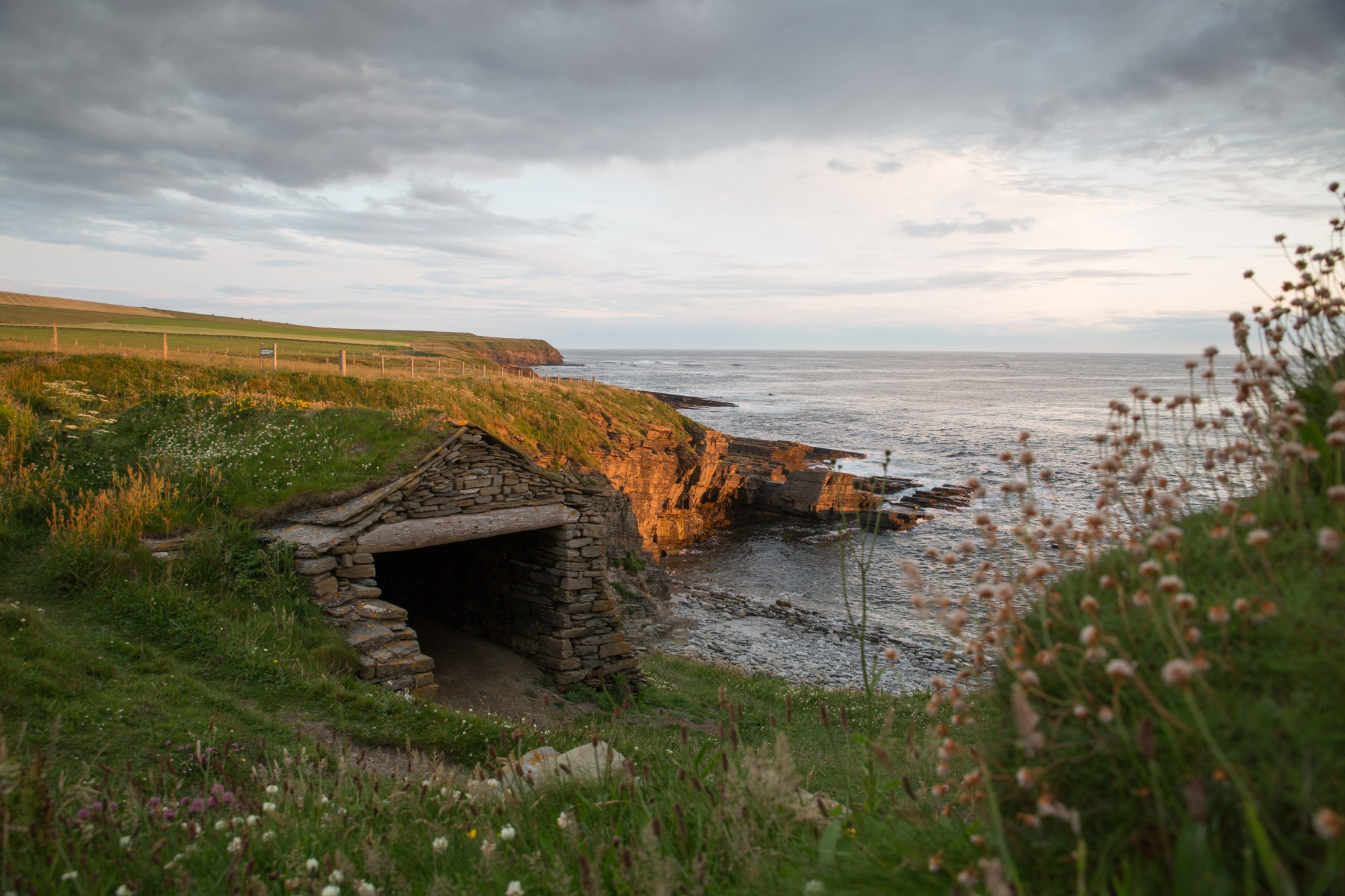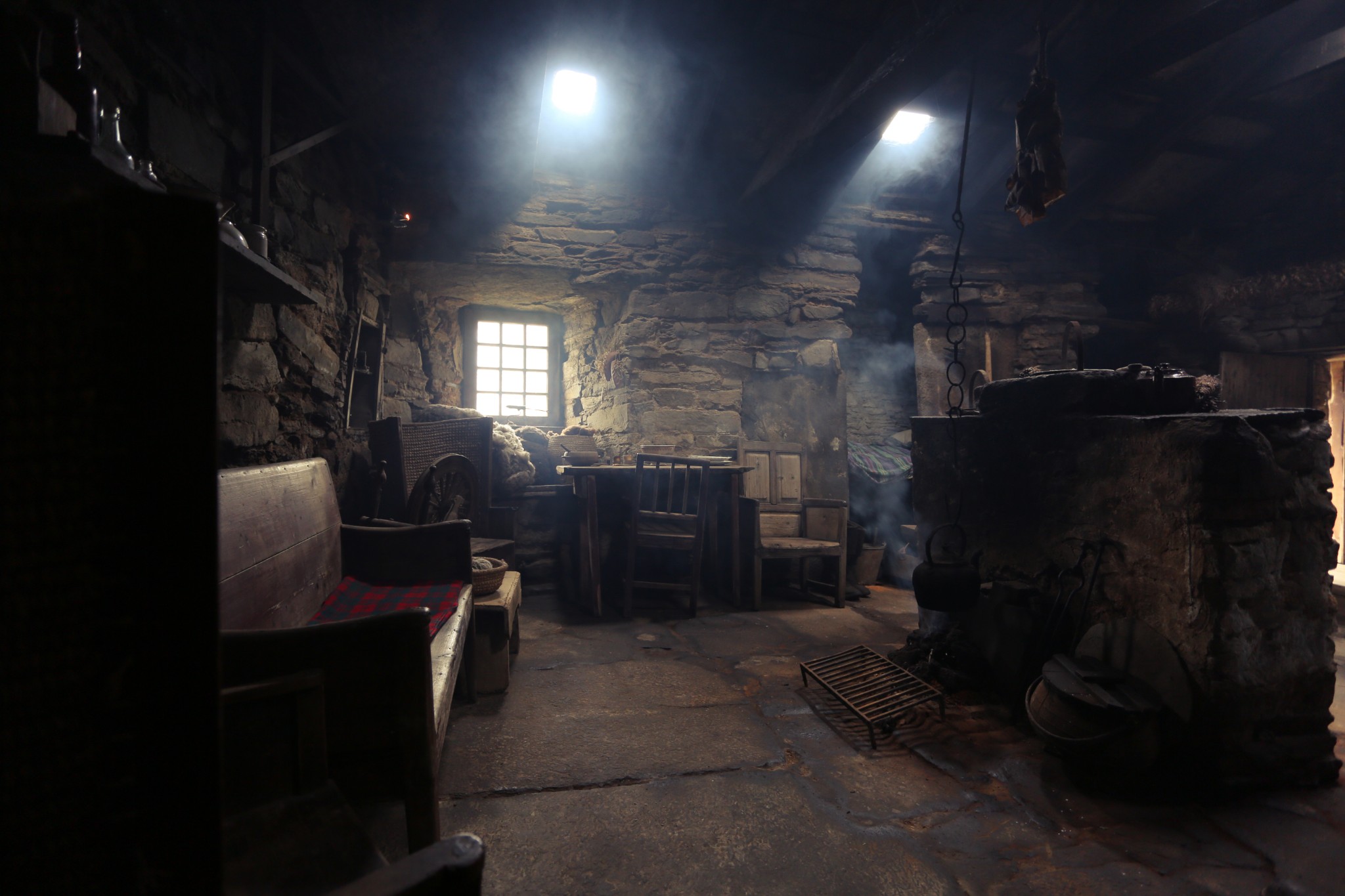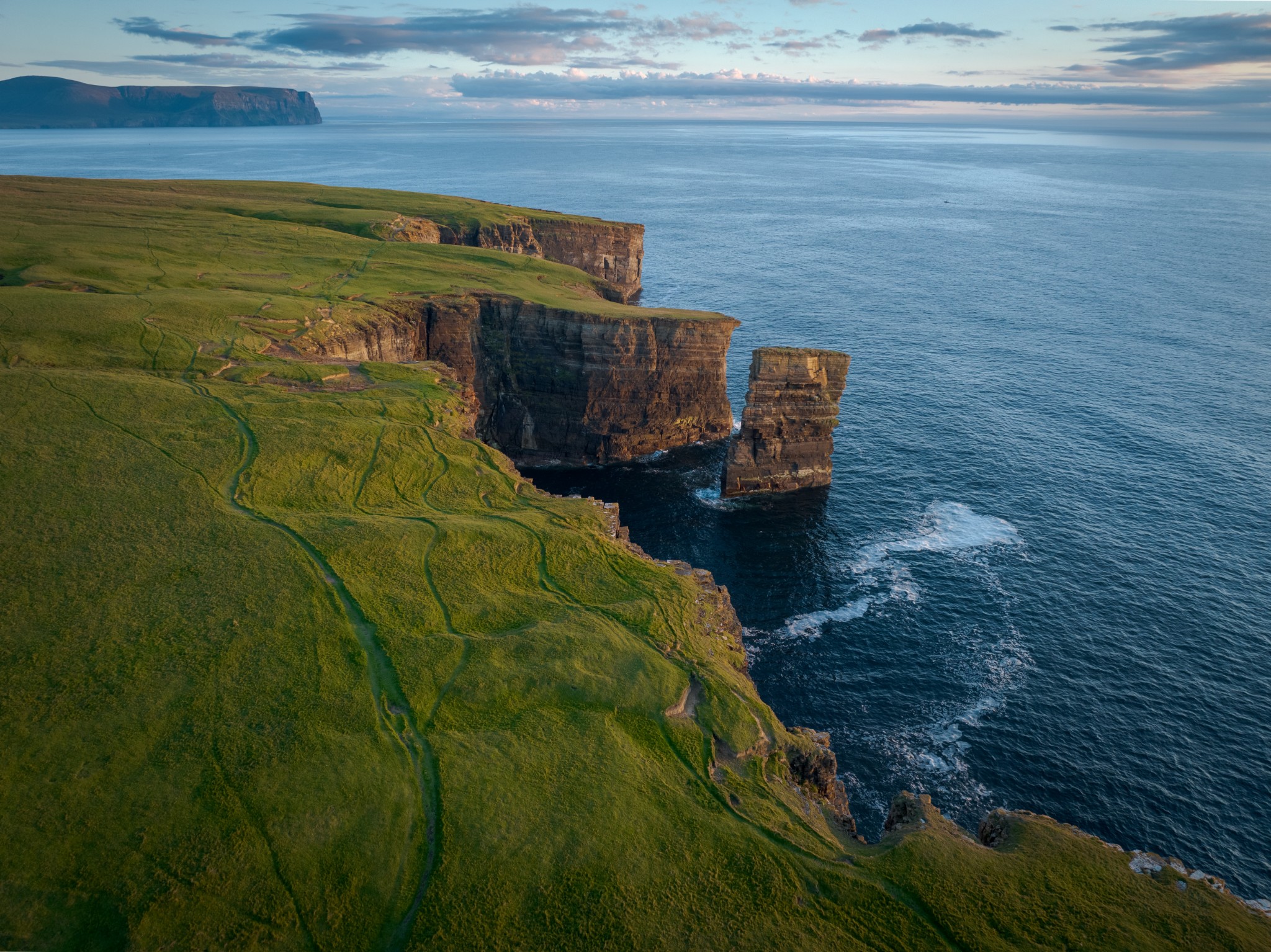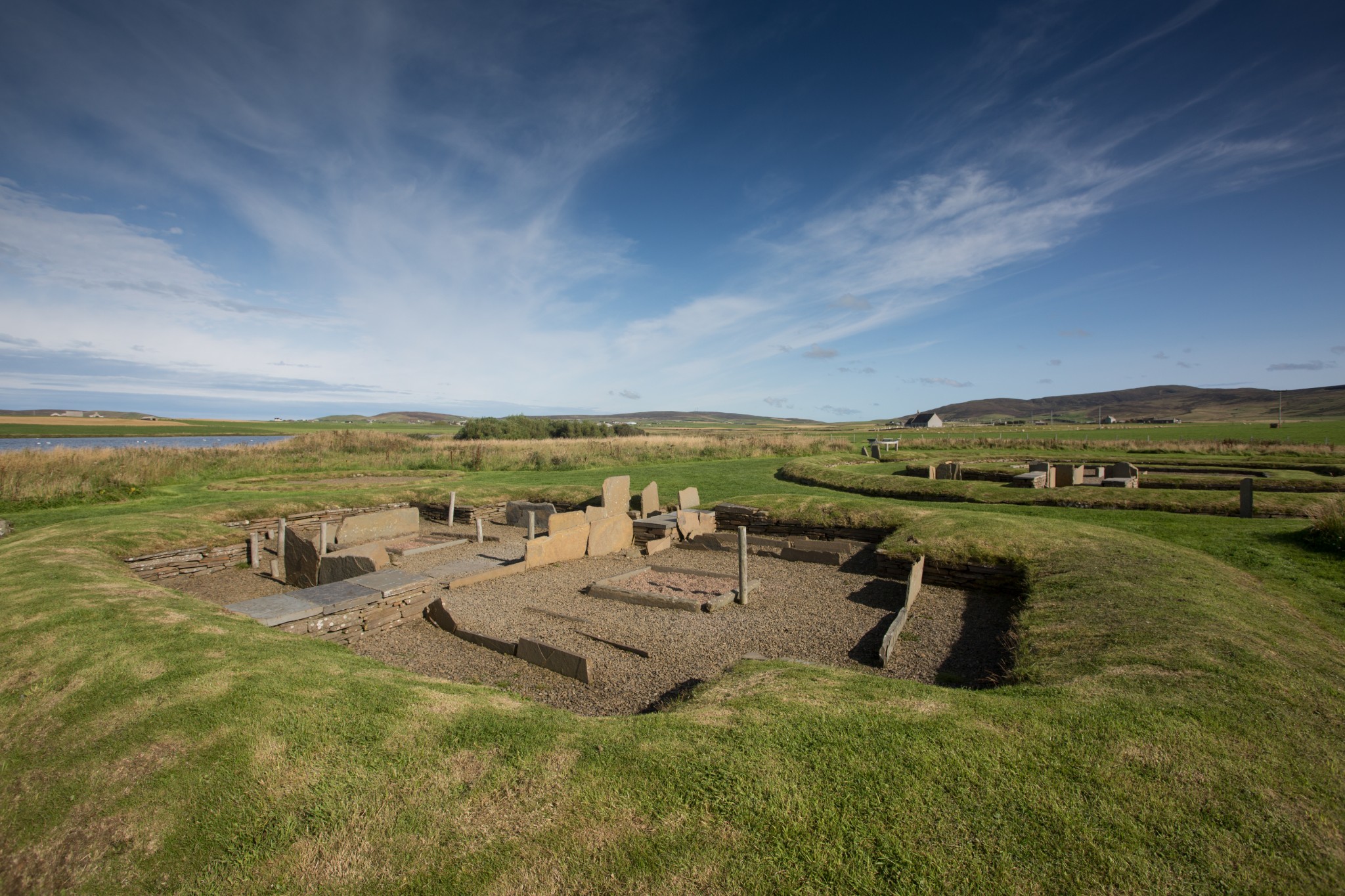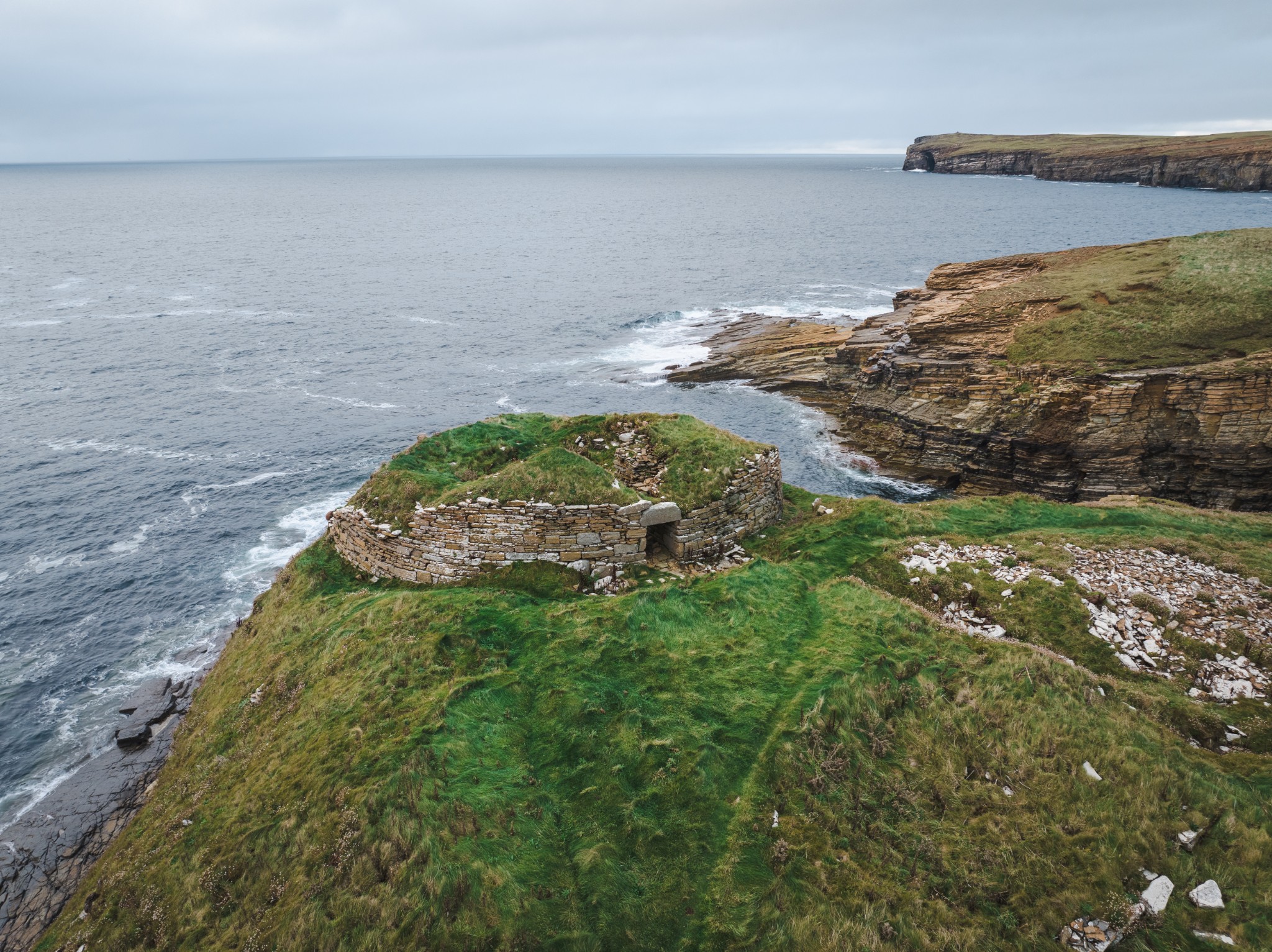For a first-time visitor, deciding what to see in Orkney's West Mainland can be a challenge.
Covering a relatively large area – in Orkney terms, at least – and with some of the best archaeological attractions in the world to see, it’s easy to overlook some special sites that you might regret missing out on once you’ve returned home.
We’ve picked out seven of our favourite ‘off the beaten track’ locations that are definitely worth checking out during your trip.
Nestled in moorland in the heart of the West Mainland, this tiny structure is the last of its kind in Orkney.
The Click Mill is an old water mill built in the early 1800s. It’s one of the best preserved in the country and has been full restored. Inside you’ll find its original equipment, including the paddle wheel, grind stones, and hopper and meal bin.
It’s a real glimpse into the lives of Orcadian farmers from generation gone by
These huts are found perched on the coast in Birsay at the head of a sheltered geo.
Full of character, they were built by local fishermen more than a century ago to store their boats and equipment. They used whatever they could find to construct them, including driftwood from the shore and beach stones.
They were restored in the 1980s and are a fascinating reminder of Orkney’s connection with the sea. You’ll find them on a beautiful stretch of coastline – keep walking south for more stunning sea views.
In a place where the focus is very much on Neolithic history, this special place tells the story of more recent generations of Orcadians.
Kirbuster Museum was a working farm right for hundreds of years until the 1960s. It was built in the traditional way, with the main space surrounding a central hearth and peat fire. It was re-opened as a museum in the 1980s and showcases life on an Orkney farm in days past. The rooms are full of household implements and furniture, and there’s lots of farming equipment to see too.
It offers a fascinating insight into four centuries of family life in Orkney.
On a dramatic coastline littered with special spots, this sea stack is one of the very best.
At 170-feet-tall, North Gaulton Castle’s climbs dramatically out of the Atlantic Ocean surrounded by huge cliffs and caves. Head south from the car park at Yesnaby and follow the coastal path to find it, but remember to enjoy the views en-route too.
There are plenty of places to safely sit and look over to the stack, and during the summer you’ll be surrounded by sea pinks and sea birds. Remember, be extra careful and never get too close to the edge.
This small village is part of Orkney’s UNESCO World Heritage Site, but it doesn’t get the same footfall as its more illustrious neighbours.
Indeed, even though it’s just a short walk from the Standing Stones of Stenness, some visitors to that site don’t even know it’s nearby. Barnhouse would have been of a similar size and style to Skara Brae thousands of years ago, with 15 houses originally in place.
These days only a handful remain, marked out by their low walls. But you can still see where the hearths and box beds would have been. It’s another fascinating look into the past, and one you might have to yourself.
This delightful RSPB reserve is home to the largest remaining wetland in Orkney, offering the perfect opportunity to see all kinds of waders and wildfowl.
Large areas of open water and complemented by marshland, grasses, and small pools where you can expect to see lapwings, snipe, and curlews. The reserve also supports breeding pairs of duck, including wigeons and pintails. There’s an excellent hide where you can shelter in comfort to see it all.
Don’t miss The Loons Listening Wall either, where you can sit and immerse yourself in the natural sound of the landscape in front of you.
Most visitors to Yesnaby explore the coastline to the south, but the few that head north get to visit this special location.
The Broch of Borwick sits on a fragile headland and at first glance doesn’t have the same dramatic impact of similar sites at Gurness and Midhowe. But there is definitely something special about this Iron Age location.
These days it stands at just three metres high, but when it was in use it would have dominated the skyline. It’s such a wild and wonderful location – literally archaeology on the edge. Remember to take extra care if you’re visiting and don’t get too close to the cliff edge.
Visit our Explore the West Mainland to find out more about the town and surrounding area.
